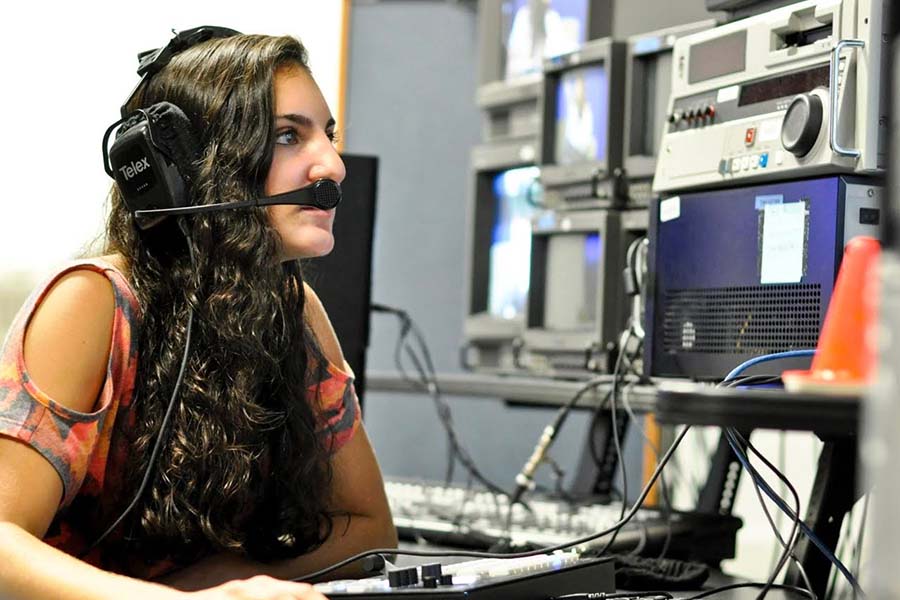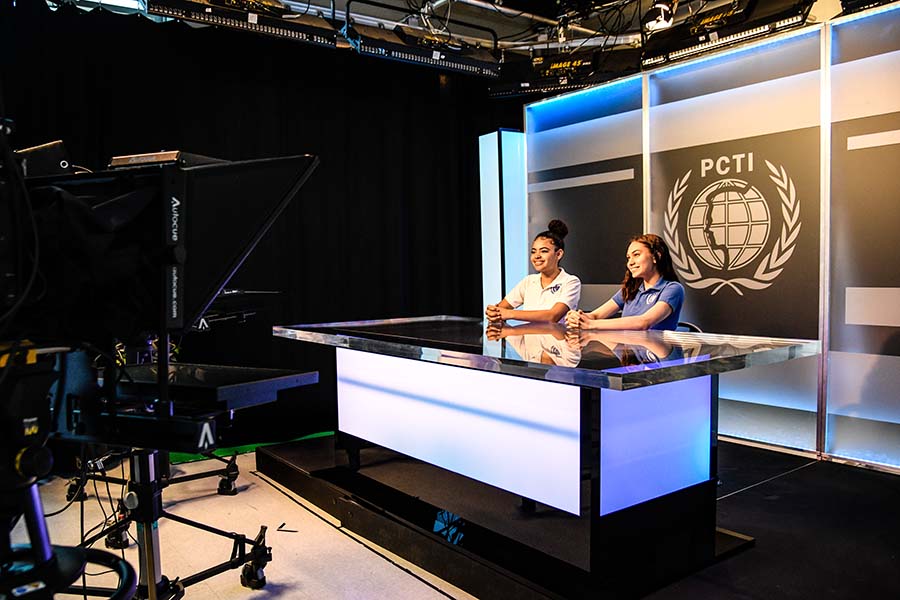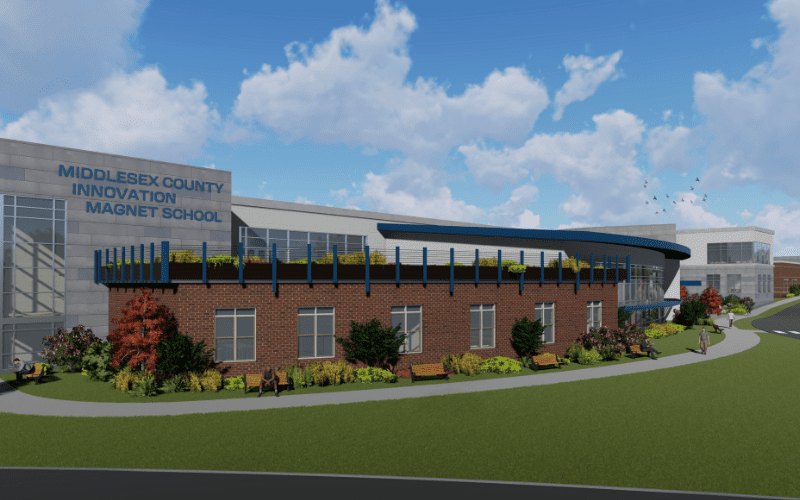Communications, broadcasting, and journalism are closely related fields. In today’s fast-paced information age, all communications professionals need strong writing, visual, and technical skills to clearly and effectively share information with multiple audiences.
The digital communication pathway prepares students for careers in creating, designing, and producing interactive multimedia products and services, including digitally generated or computer-enhanced media used in business, training, entertainment, communications, and marketing.
The journalism and broadcasting pathways are often combined into broadcast journalism. Students in these career programs learn to research, write, and produce news stories or full news broadcasts. Broadcasting career programs also teach the distribution of content via electronic communications.
Vocational-technical schools provide real-world experiences in these communications fields, including in functioning broadcast studios housed right in the schools. These studios and control rooms feature state-of-the-art technology and sets to mirror professional settings. Students gain valuable training and build a portfolio of work that prepares them to enter the industry directly or get a head start on further education.
Students in these programs have won multiple awards for their work, including top placement at film festivals.
Why Communications, Broadcasting, and Journalism?
- Projected growth of about 5,400 openings each year over the decade
- Strong communications skills, especially clear and concise writing, are applicable to just about every job in every industry
- Practice helps refine written and oral communication skills, so employers look for candidates with real-world experience on school newspapers or websites, radio stations, or TV stations
- The media is often called “the fourth estate” because of its important role holding powerful individuals and entities accountable for their actions



Career pathways in this area include:
Advertising copywriter
Broadcast journalist
Broadcast technician
Camera operator
Editor
Filmmaker
Marketing and advertising account manager
Public relations specialist
Reporter, news analyst, or print journalist
Television producer
Writer and editor
For Students And Parents:
To see what communications programs the county vocational-technical school in your county offers, find your school.
For More Information About Careers In Communications, Broadcasting, and Journalism:
O*Net OnLine has comprehensive information on all types of jobs, including surveys that help people find careers they might enjoy.
View videos on career pathways in communications, broadcasting, and journalism:
From US Department of Labor Career One-Stop:
https://www.careeronestop.org/Videos/IndustryVideos/arts-av-technology-and-communications-overview.aspx
https://www.careeronestop.org/videos/careeronestop-videos.aspx?videocode=27302300



